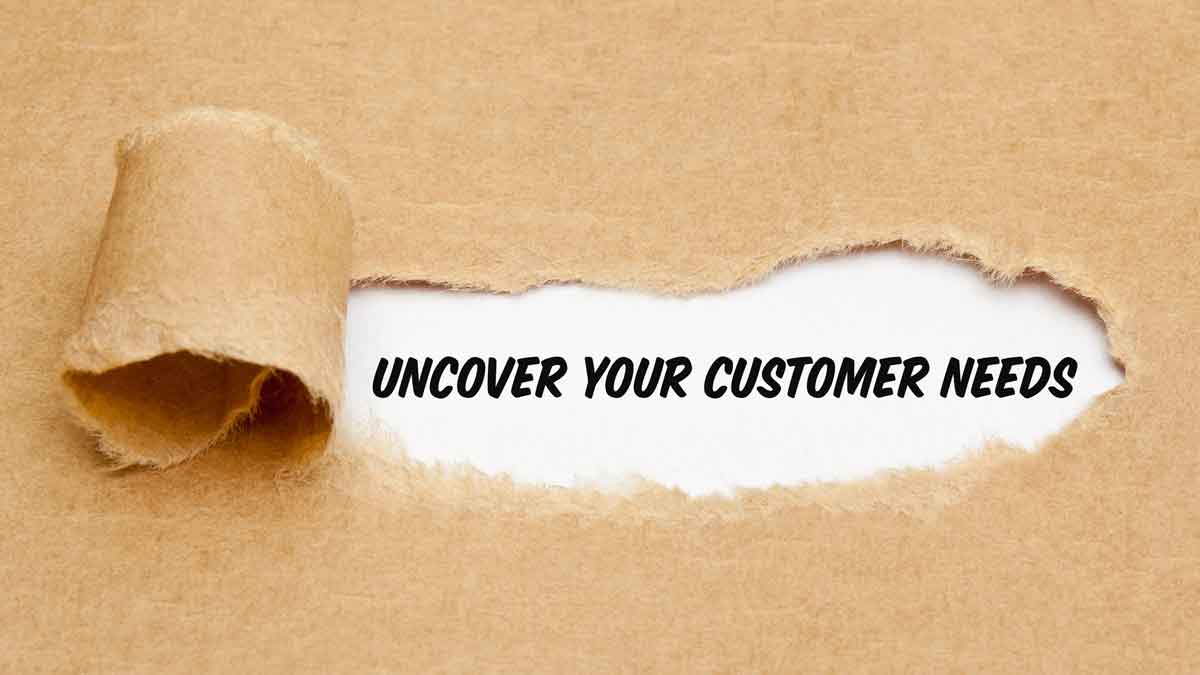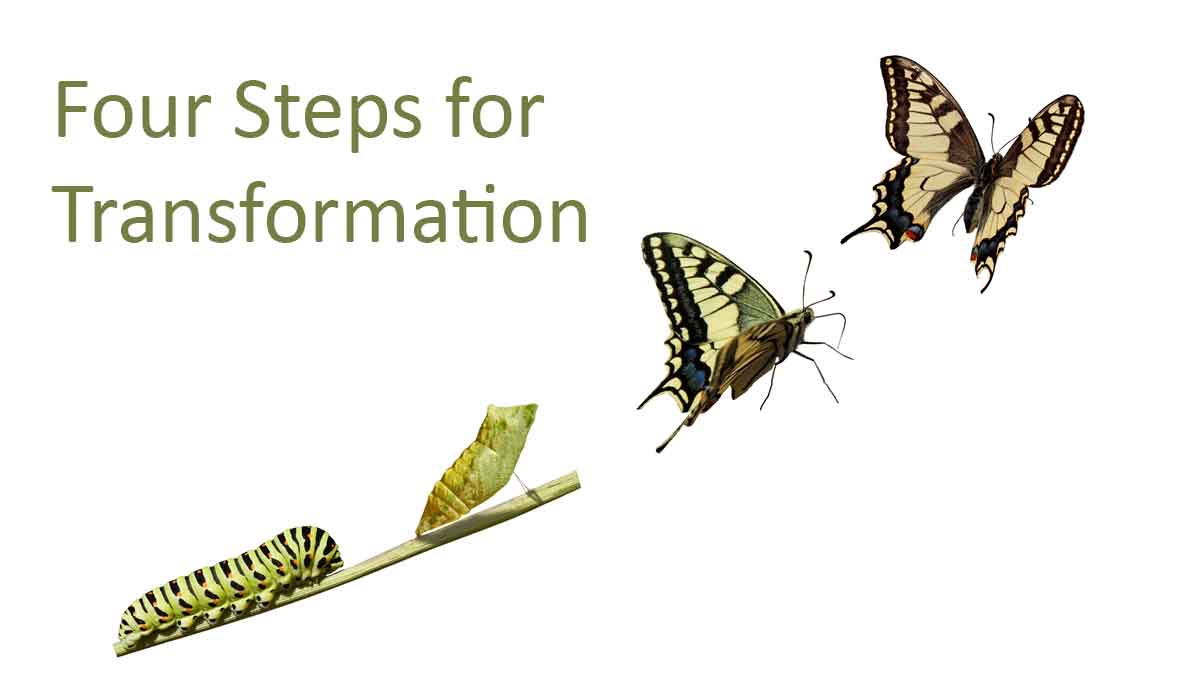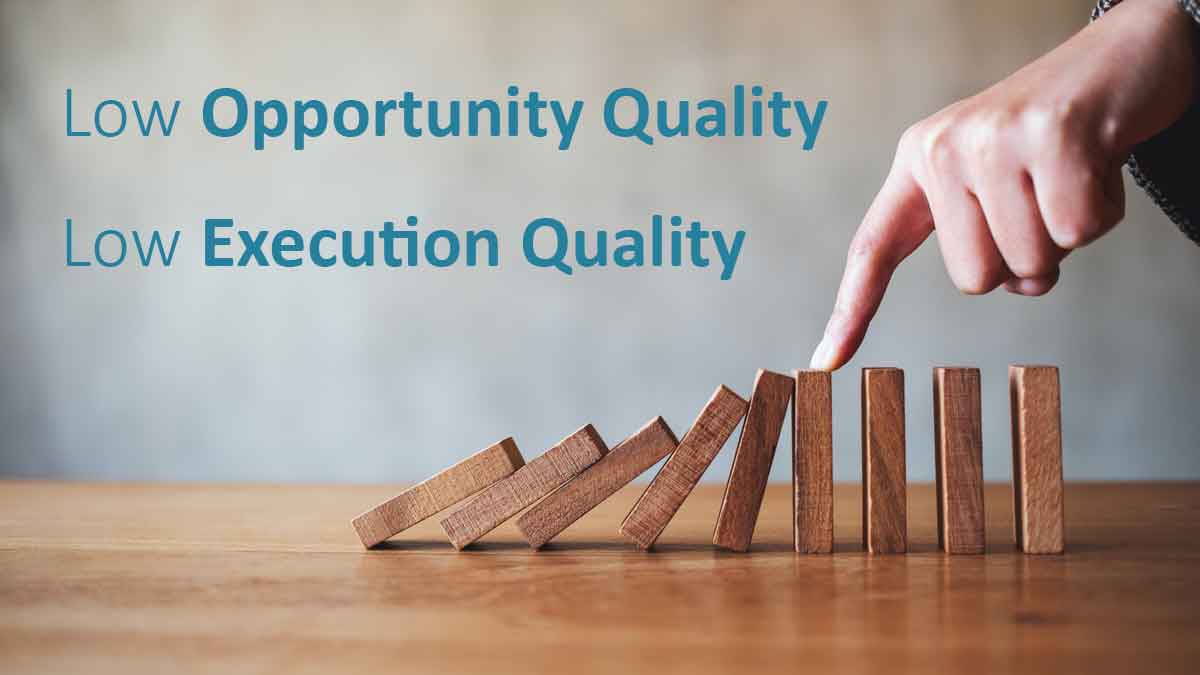Market concentration takes market segmentation to the next level. It’s the disproportionate concentration of resources on markets you identify as “Attack” or “Study” in strategic planning.
b2bgrowth.video/17 Video length [2:10]
Blog Category: Product Development
Segment by markets for innovation
There are many ways to segment customers, but for innovation purposes, segment into “clusters of customers with similar needs.” Do this to maximize your effectiveness and efficiency.
b2bgrowth.video/16 Video length [2:51]
Build your growth capabilities
Leaders need to balance their pursuit of “results” and “capabilities.” Today, most are way out of balance. They pursue near-term results, and then hit the “reset” button to do it all again next year.
b2bgrowth.video/13 Video length [2:17]
Know what really drives growth
AIM research based on 10,000+ years of experience shows B2B professionals are especially eager to improve their business capabilities to understand customer needs (vs. meet them).
b2bgrowth.video/12 Video length [2:16]
Avoid the pitfalls of 2nd order effects
First-order actions like spending freezes and travel bans lead to second-order growth declines. Your leadership team needs to be wary of “first-domino fixation” and “first-domino amnesia.”
b2bgrowth.video/11 Video length [1:55]
Avoid the commodity death spiral
When you stop innovating for customers, your path is marked by lower pricing, lower profits, budget pressures, cost reductions, reduced innovation capability, and then death or “life support.”
b2bgrowth.video/9 Video length [2:24]
How long have we failed to understand customer needs in new product innovation?
The best research says we’ve struggled for about five decades now. In 1971, the leading cause of new-product failure was “inadequate market analysis” (45%, with the next cause at 29%). In 2019, the leading cause was “No market need” (42%, with the next cause at 29%). After five decades, maybe it’s time to get serious about understanding customer needs before developing new products? Not that we need to rush into this, of course.
More in article, Target Customer Needs and Win
Transformational R&D projects: 4 Steps the best teams do well.
You know you’ve got a top-notch team exploring that unfamiliar market or technology when you see them… 1) identify all project assumptions at the onset, 2) detect and defuse unforeseen “landmines” (project killers) as early as possible, 3) advance the project rapidly without detours and distractions (or kill the project swiftly), and 4) spend funds investigating and pursuing only that which truly matters. The methodology for doing this is described in the short video at www.deriskprojects.com.
More in article, How to de-risk projects and overcome management doubt
You need better targeting, not a bigger payload.
Would you want a bigger payload or a better targeting system for missiles, cancer treatment or gold mining? A bigger payload would be a larger warhead, radiation dosage, or backhoe shovel. Better targeting would be more precise hits on enemy positions, cancer tumors, or ore deposits. Better targeting reduces waste and collateral damage. Same for your R&D: Precisely target customer needs before stepping into the lab. This avoids waste (squandered R&D) and collateral damage (discouragement and slow growth).
More in article, Target Customer Needs and Win
Two completely different reasons for halting a new-product project.
Imagine two new-product project teams have gate reviews on the same day, and both projects are stopped. The first is stopped for the right reasons, e.g. smaller-than-expected market size or low customer interest… as evidenced by tiny Market Satisfaction Gaps. This is low Opportunity Quality. The second team is stopped due to sloppy work: skimpy customer interviews and much confirmation bias. This is low Execution Quality. Celebrate the first team. Train the second. For every project, make sure you know which is which.
More in article, 3 Problems with Innovation Metrics
Quantitative questions for interviews… 8 Steps to prioritize customer needs
Why use quantitative questions for interviews, not just qualitative? Two reasons. First, qualitative interviews give you reams of customer quotes with no good way to prioritize customer needs. Sure, you could count the number of times customers cite a certain need, but frequency of remarks is a poor substitute for customer eagerness to improve. More ... Read More
Today’s innovation metrics suffer from Why, When, and What problems.
1. The “Why” problem: Today’s most popular metric, the Vitality Index (% of sales from new products) doesn’t tell you why your % is going up or down. 2. The “When” problem: The lag time in your feedback loop is too long: Changes you make in the front-end-of-innovation will take years to generate significant revenue. 3. The “What” problem: The Vitality index focuses on your results. You need metrics that focus on your capabilities. Only by building these can you have confidence that you’ll improve your innovation results.
More in article, 3 Problems with Innovation Metrics
When developing a new product… think less about it.
Huh? Well, it’s fine to think about your new product, but do so after you first understand your customers’ job-to-be-done. Only after you identify this JTBD can you properly 1) scope your project, 2) identify the right customer interviewees, 3) frame the best outcome statements for quantitative interviews, 4) optimize design & pricing, and 5) promote your product effectively. Bonus: You’ll have a longer time horizon when you focus on the JTBD instead of your new product.
More in article, Jobs-to-Be-Done and New Product Blueprinting
Five Bonus benefits of new-product voice-of-customer interviews.
You conduct front-end-of-innovation customer interviews so you can design a great new product, right? Well yes, but… if you do these well, you’re doing more. You’re also 1) learning the unknown unknowns, 2) unlearning the things you do know that simply aren’t true, 3) aligning your development team for action, 4) making better decisions through improved market intuition, and 5) building stronger relationships for near-term sales opportunities.
For more download e-book, Reinventing VOC for B2B







